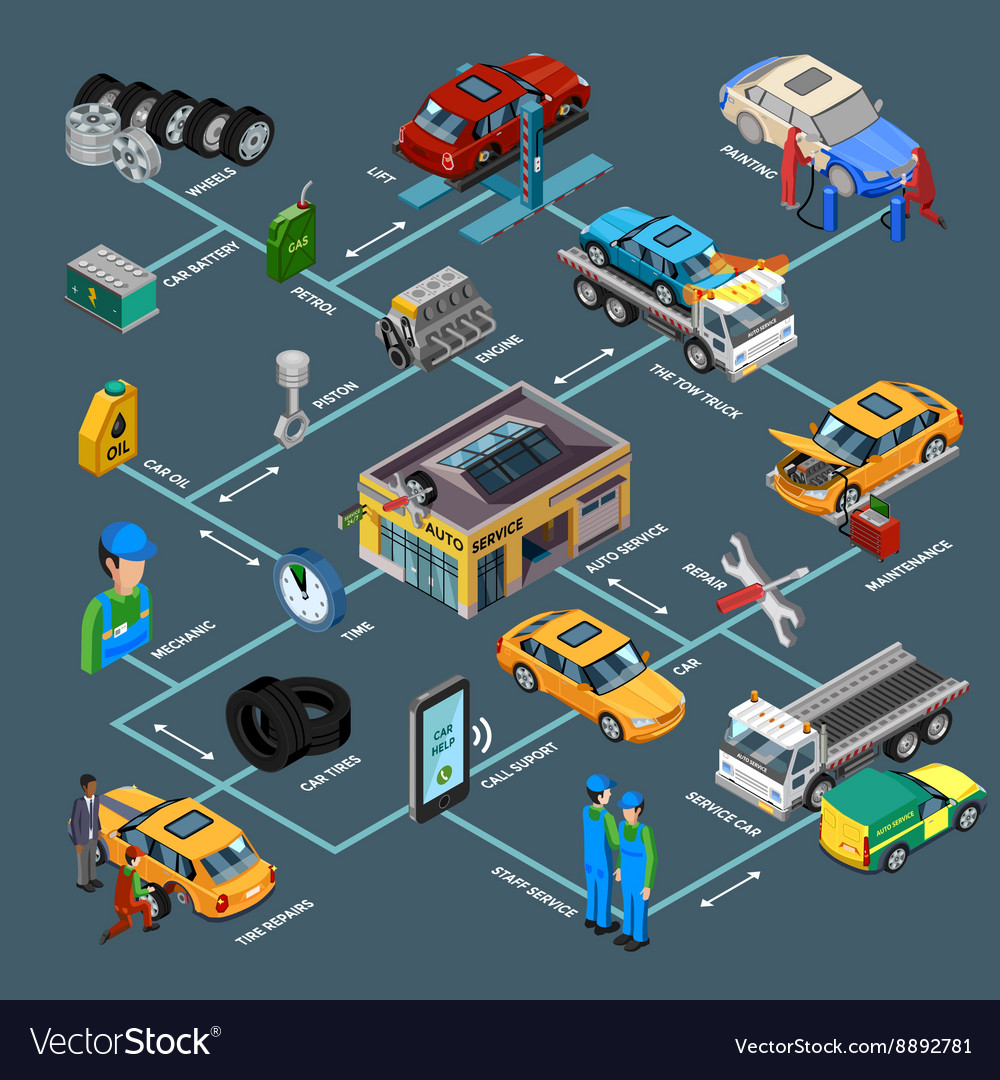Analyzing Your Vehicle'S Warning Indicators: What They Really Share
Analyzing Your Vehicle'S Warning Indicators: What They Really Share
Blog Article
https://raymondkcuof.theideasblog.com/32581520/just-how-mobile-cars-and-truck-detailing-providers-can-conserve-you-time-and-money By-Lauritsen Corbett
When you lag the wheel, those beautiful warning lights on your control panel can be a little bit complicated. Do you know what they're trying to inform you about your auto's wellness? Understanding mobile car grooming of these lights is vital for your security and the longevity of your lorry. So, the following time one of those lights pops up, wouldn't you want to analyze its message accurately and take the required actions to address it?
Common Warning Lighting and Interpretations
Recognize common warning lights in your auto and understand their meanings to guarantee risk-free driving.
The most normal warning lights consist of the check engine light, which indicates problems with the engine or emissions system. If this light begins, it's essential to have your lorry inspected quickly.
The oil stress cautioning light shows low oil pressure, requiring prompt focus to stop engine damages.
A blinking battery light could suggest a damaged charging system, potentially leaving you stranded if not addressed.
auto wrap monitoring system (TPMS) light alerts you to low tire stress, affecting lorry security and gas effectiveness. Ignoring this could lead to hazardous driving conditions.
The abdominal muscle light shows a problem with the anti-lock braking system, compromising your ability to quit promptly in emergencies.
Finally, the coolant temperature level cautioning light warns of engine overheating, which can lead to extreme damages otherwise solved quickly.
Understanding these common caution lights will help you address concerns immediately and keep safe driving conditions.
Importance of Prompt Interest
Comprehending the common caution lights in your auto is only the first step; the importance of immediately dealing with these cautions can't be stressed enough to ensure your safety when driving.
When a warning light brightens on your control panel, it's your auto's method of connecting a prospective issue that requires attention. Overlooking these cautions can cause more severe issues later on, jeopardizing your security and potentially costing you more out of commission.
Trigger focus to alerting lights can stop breakdowns and crashes. As an example, a blinking check engine light can indicate a misfire that, if left unattended, might trigger damage to the catalytic converter. Resolving this quickly can conserve you from a costly repair service.
Likewise, a brake system cautioning light might signify reduced brake liquid or used brake pads, critical elements for your security when driving.
Do It Yourself Troubleshooting Tips
If you notice a caution light on your control panel, there are a couple of DIY troubleshooting tips you can attempt before looking for expert assistance.
The initial step is to consult your vehicle's guidebook to recognize what the details warning light indicates. In some cases the problem can be as straightforward as a loose gas cap causing the check engine light. Tightening the gas cap might fix the issue.
Another usual problem is a reduced battery, which can trigger various warning lights. Checking the battery links for corrosion and guaranteeing they're secure could deal with the issue.
If a warning light continues, you can try resetting it by detaching the auto's battery for a few minutes and afterwards reconnecting it. Furthermore, checking your lorry's fluid degrees, such as oil, coolant, and brake fluid, can assist repair warning lights associated with these systems.
Verdict
Finally, recognizing your vehicle's warning lights is important for maintaining your lorry running smoothly and safely. By quickly dealing with these signals and recognizing what they imply, you can stay clear of pricey repair services and potential breakdowns.
Remember to consult your automobile's guidebook for specific information on each alerting light and do something about it appropriately to guarantee a hassle-free driving experience.
Keep notified, stay secure when traveling!
